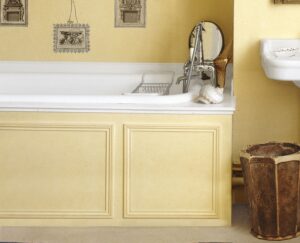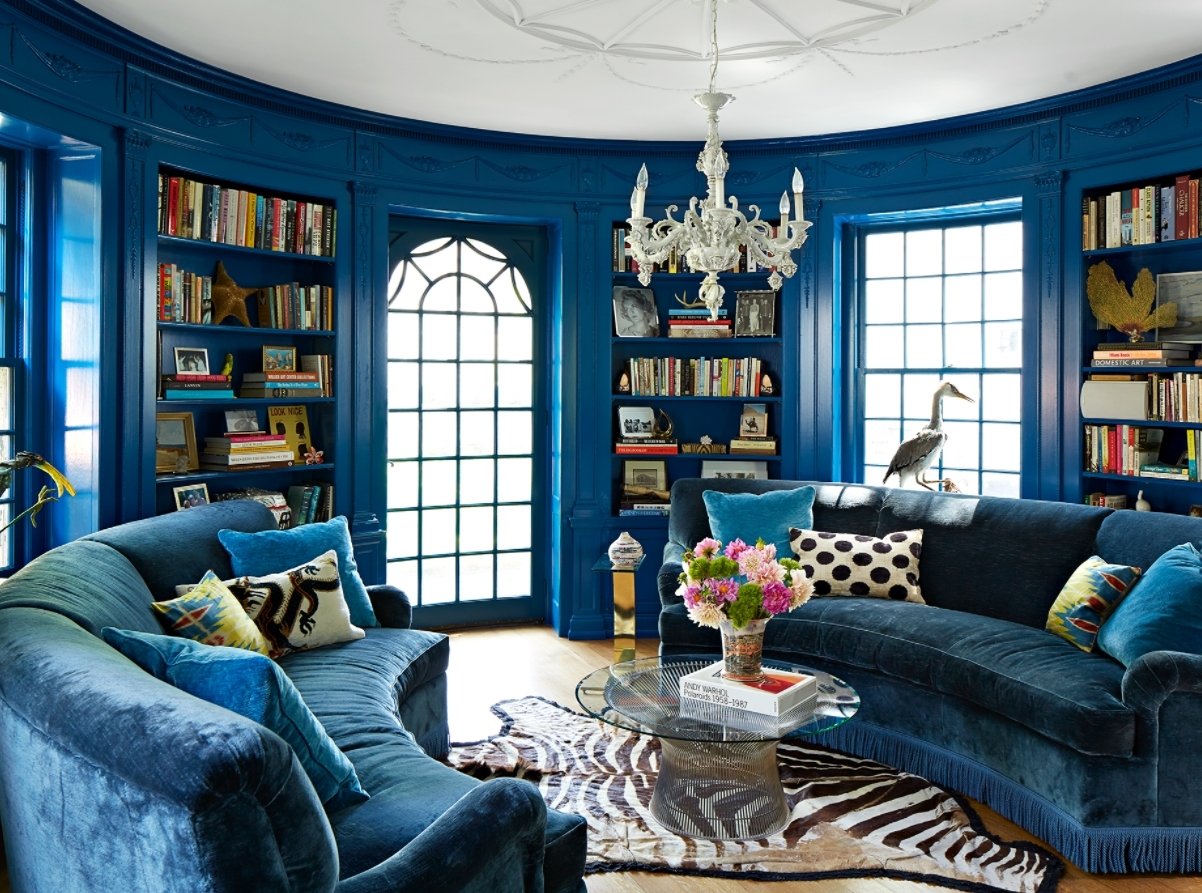
The British Empire was 100 times greater than Great Britain alone at its peak during the 16th and 18th centuries. As Britain imported new necessities like tea and rubber, its dominion expanded from Africa to India and the Caribbean, and it became one of the world’s main powers.
While it’s tempting to get caught up in the era’s sense of adventure, it’s also crucial to remember that colonialism’s history was not always pleasant. The British monarchy saw the areas it colonized as simply sources of raw commodities for trade and shipping, and it was willing to violently subdue (or enslave) the indigenous peoples in the pursuit of money and power.
When analyzing a part of the period that is still celebrated: the advent of classic British colonial décor, it’s crucial to keep those things in mind. The period’s dominant style is still popular today, thanks to its eclectic approach and delicate balance of soft, airy tones and dark accents. It’s also more adaptable (and less stuffy) than you may think. We’ll go over some fundamentals.
Elements of British Colonial Decoration
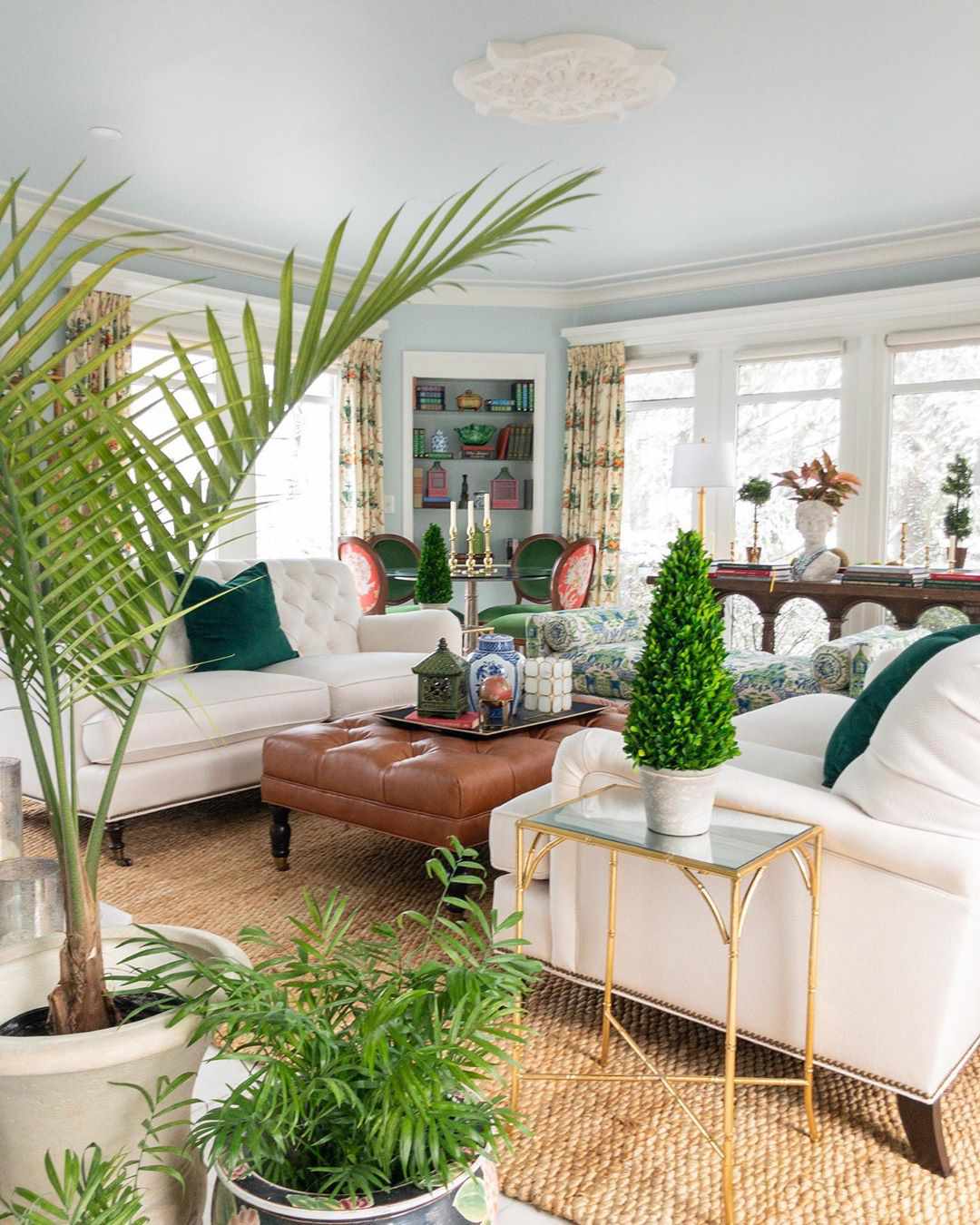
British colonial décor merged simplified features of Victorian style with local materials and traditions in its heyday. The use of palm trees, ferns, and other natural aspects represented a fascination with local plant life. Whitewashed walls and sheer fabrics contrasted with native teak or mahogany, while the use of palm trees, ferns, and other natural features expressed a fascination with local plant life.
The use of varied fabrics, striking designs, and one-of-a-kind accessories collected from throughout the world reflects the influence of Asian, Caribbean, and African design. Meanwhile, the usage of rattan and bamboo furniture (as well as objects like foldable writing tables) added a quintessentially colonial layer of texture.
Overall, British colonial décor is a combination of conventional (yet modern) Western techniques and stylistic features inherited from colonized countries. The décor in these rooms is often light and airy, with billowy fabrics and plantation-style shutters to give a refreshing ambience in what were typically sweltering, tropical settings.
How to Incorporate British Colonial Decor
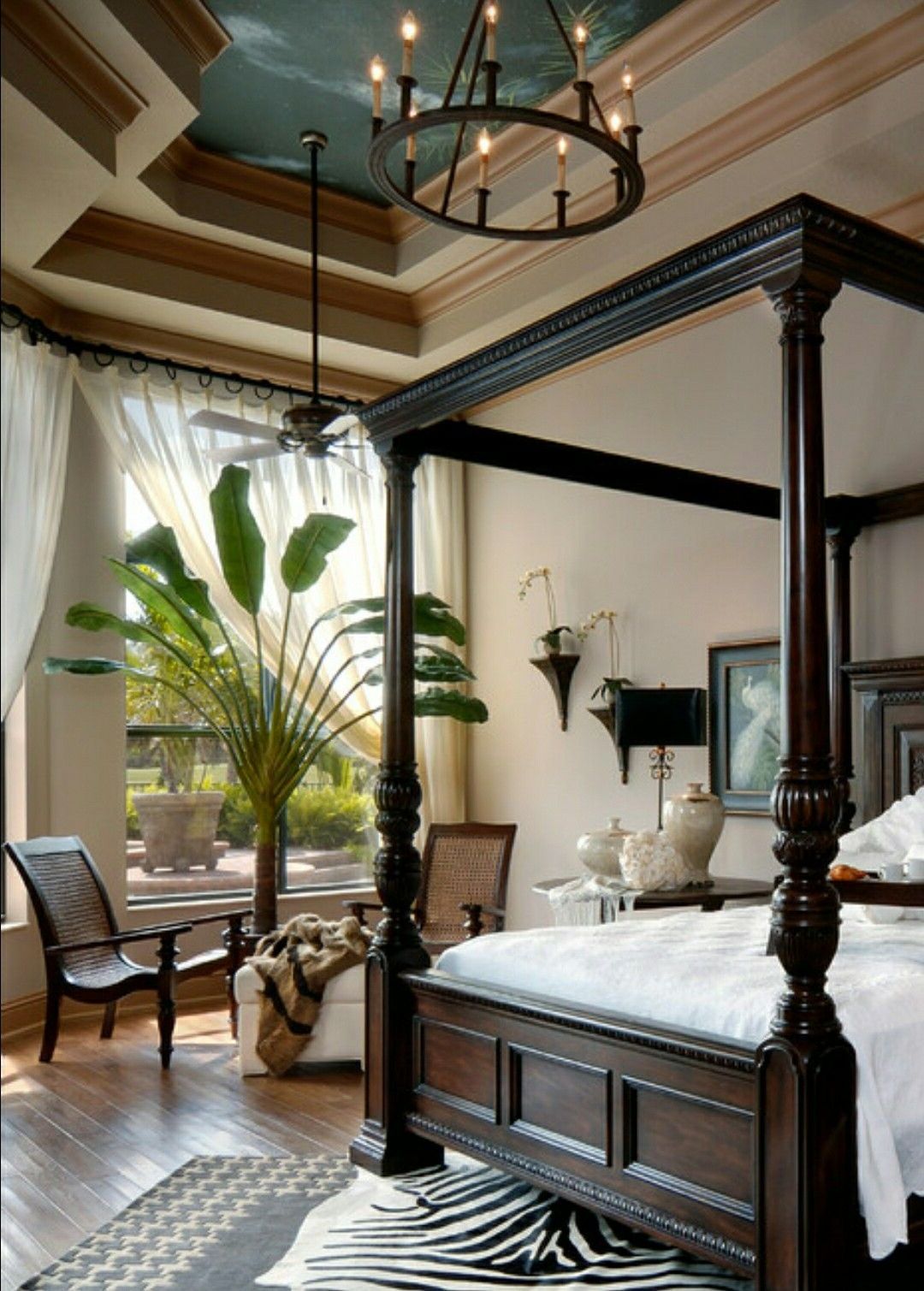
The juxtaposition of light and dark tones is a key feature of British colonial decorating. Consider painting the walls a gentle white and covering the windows with light, translucent textiles to give the impression of a cool retreat in a tropical area.
Use a stain on your floors to mirror the contrasting look of vintage dark wood floors, and add other wood accessories like plantation shutters or a classic canopy bed.
This kind of design also provides numerous possibilities to display cherished works of art and decorations purchased during travels abroad; these add visual interest while remaining faithful to the period’s aesthetic. Vintage trunks and suitcases can be repurposed to contribute to the ambience of a fun vacation.
The present trend of incorporating botanical designs and greenery is also in keeping with a traditional British colonial style. Everything old is new again at this time: many of these contemporary additions would not have been out of place during the original colonial era, and they can also contribute to the light-dark interplay that defines the style’s color palette.
Why is The History of British Colonial Decoration Important?
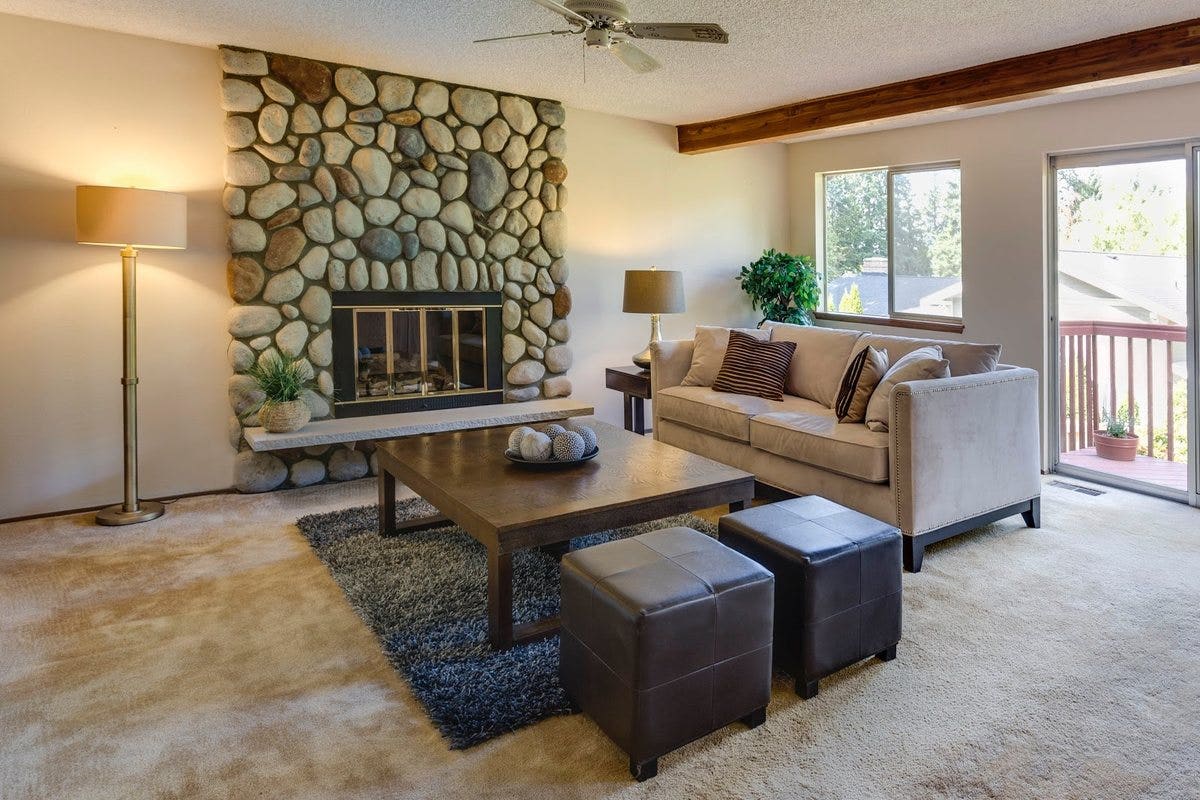
There’s nothing wrong with going for a British colonial look in your home. It’s a lovely style that has stood the test of time for a reason. However, if you choose to make it your own, you must acknowledge the historical fact of how it came to be in the first place.
The British Empire was not a kind ruler over the territories it ruled. He grabbed control by force and violently suppressed most forms of opposition.
During the British control of India in the 1870s, more than five million people died of famine, despite the fact that the country supplied grains critical to its own food supply to the rest of the world. After waging a political rebellion against colonial rule in Kenya, up to 1.5 million members of the Kikuyu ethnic group were held in concentration camps.
That is only a small taste of what colonialism meant to the colonized. But, just as we may appreciate works of art created during the darkest times of history, we can also acknowledge (and even celebrate) the beauty of the time’s distinctive style.
Now it’s up to you if you want to adorn your home in this manner or go with other decorations that don’t have such a horrible history.



